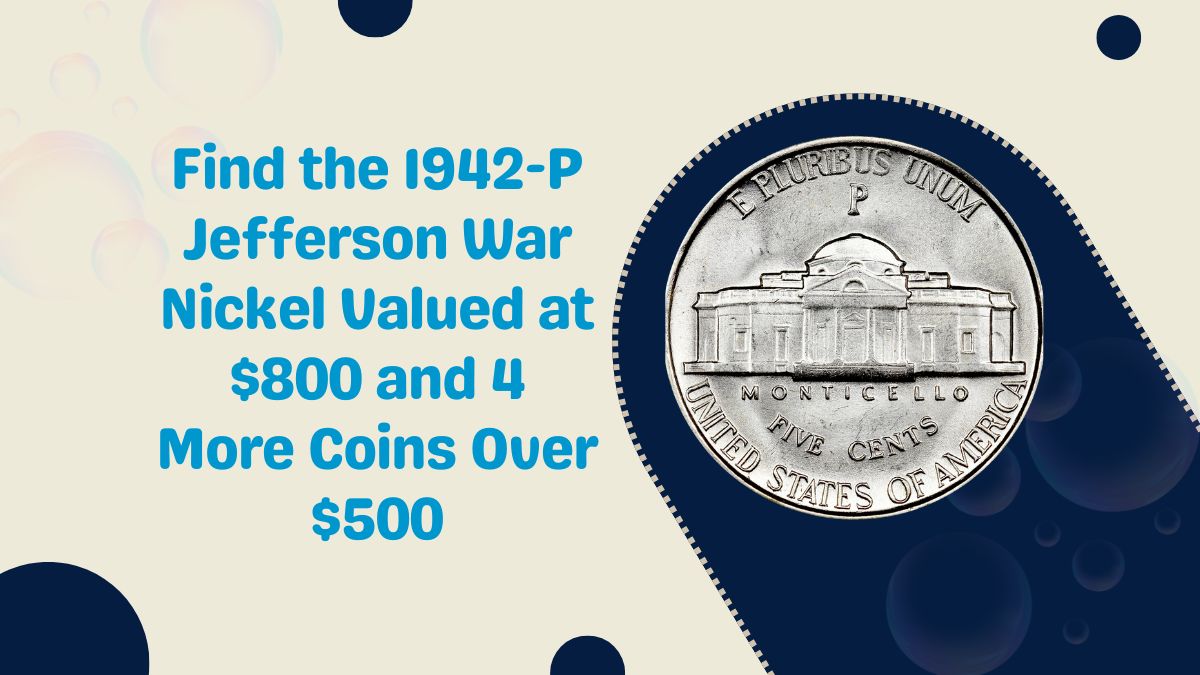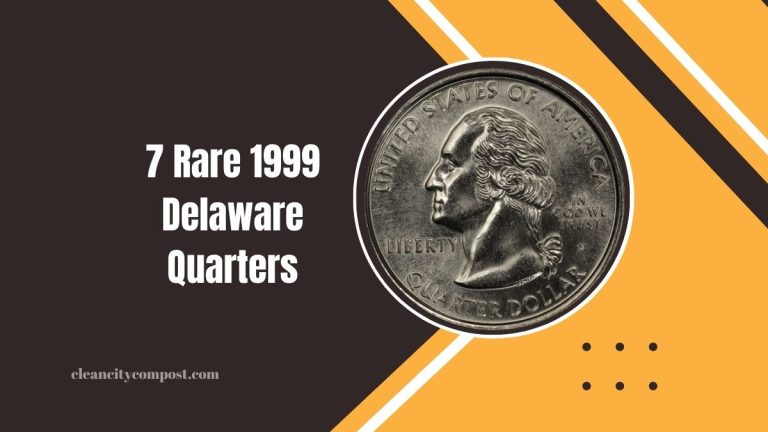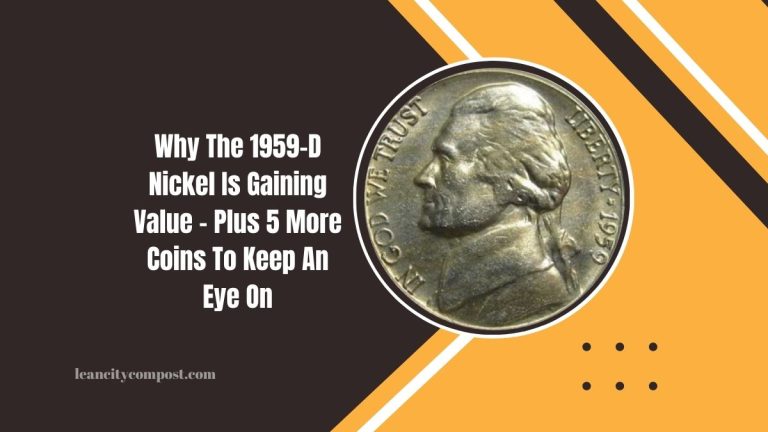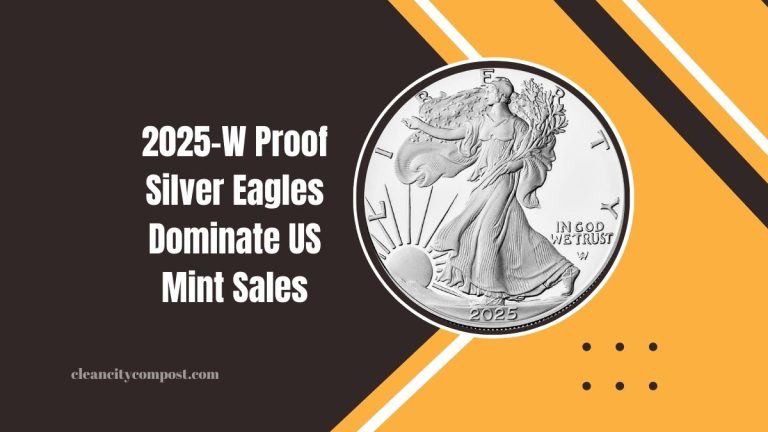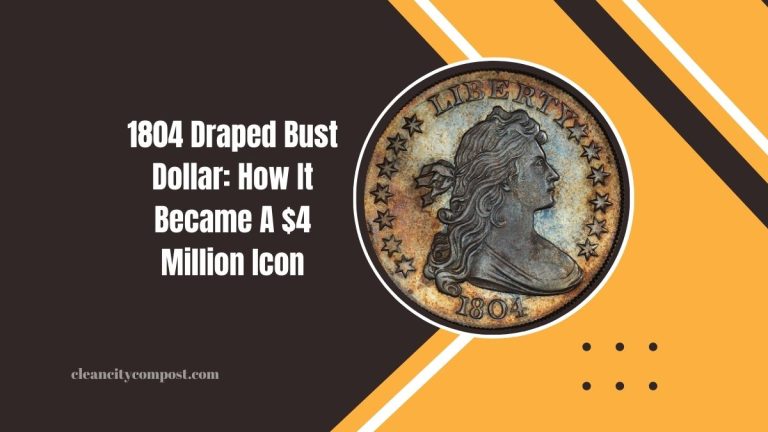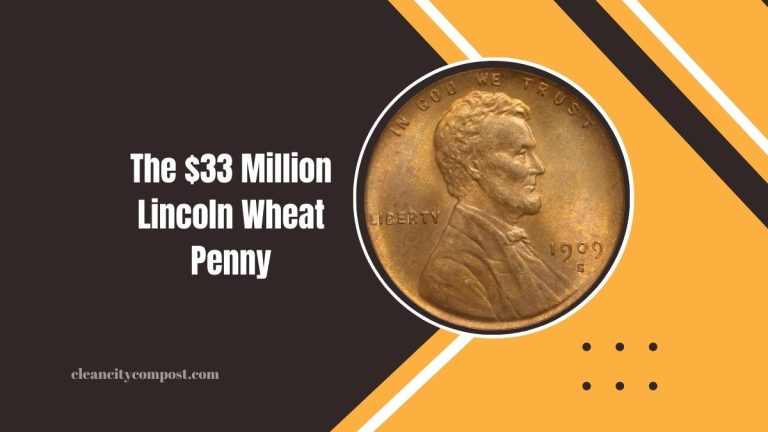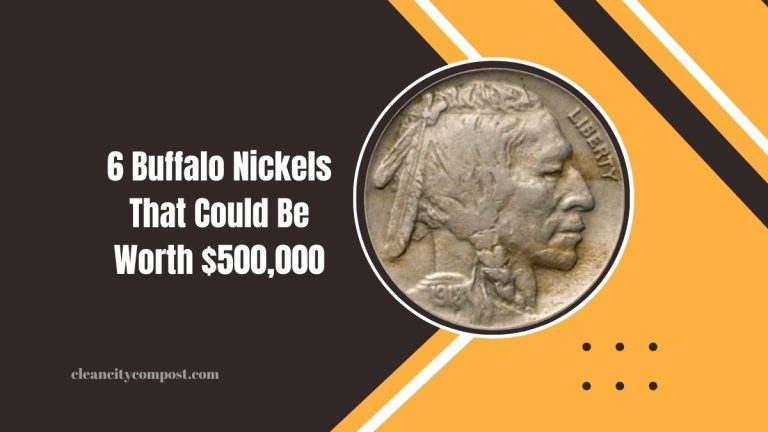Find the 1942-P Jefferson War Nickel Valued at $800 and 4 More Coins Over $500
Coin collecting is a fascinating hobby that often uncovers hidden treasures in the most unexpected places. Some coins, due to their rarity, historical significance, or unique features, can be worth significantly more than their face value.
In this article, we delve into the 1942-P Jefferson War Nickel, valued at $800, and highlight four other coins that have fetched over $500 in the collectors’ market.
1. 1942-P Jefferson War Nickel
Historical Context and Composition
During World War II, the United States faced a shortage of nickel, a metal crucial for the war effort. To conserve nickel, the U.S. Mint altered the composition of the five-cent coin in 1942, introducing the “War Nickels.”
These coins were minted from 1942 to 1945 and comprised 35% silver, 56% copper, and 9% manganese. The 1942-P Jefferson War Nickel was notable for being the first U.S. coin to feature the “P” mint mark, indicating its production at the Philadelphia Mint.
Value and Grading
The value of the 1942-P Jefferson War Nickel varies based on its condition and specific characteristics. Coins with a Full Steps designation, indicating a fully struck reverse with sharp details on Monticello’s steps, are particularly valuable.
While most specimens range from $10 to $450, those graded MS68 can reach impressive figures, with some fetching up to $2,000. The most expensive Type 2 Jefferson nickel with the “P” mint mark was sold for $5,950.
2. 1932-S Washington Quarter
Historical Context and Rarity
The 1932-S Washington Quarter is a key date coin for collectors. With a mintage of only 408,000, it is one of the lowest among the Washington Quarter series. Its scarcity makes it highly sought after.
Value and Grading
In circulated grades, the 1932-S can command prices around $100. However, in higher uncirculated grades, its value increases significantly. Coins graded MS65 can be worth around $1,000, and those in MS66 can reach up to $25,000.
3. 1937-D Three-Legged Buffalo Nickel
Historical Context and Error
The 1937-D Three-Legged Buffalo Nickel is a famous error coin resulting from over-polishing of the die at the Denver Mint, which removed one of the buffalo’s legs. This unique feature has made it a favorite among collectors.
Value and Grading
Even in lower grades, this coin can fetch several hundred dollars. In higher grades, such as MS65, it can be valued at over $5,000.
4. 1955 Doubled Die Lincoln Cent
Historical Context and Error
The 1955 Doubled Die Lincoln Cent is one of the most famous error coins in U.S. history. A misalignment during the minting process caused a noticeable doubling of the date and inscriptions on the obverse.
Value and Grading
In circulated conditions, these coins can be worth around $1,000. Uncirculated examples can reach values upwards of $10,000, depending on the grade.
5. 1916-D Mercury Dime
Historical Context and Rarity
The 1916-D Mercury Dime, minted in Denver, had a low mintage of only 264,000, making it the key date for the series.
Value and Grading
In good condition, this coin can be worth around $1,000. In higher grades, especially uncirculated, it can command prices exceeding $10,000.
Summary Table
| Coin | Year | Mint Mark | Estimated Value Range |
|---|---|---|---|
| Jefferson War Nickel | 1942 | P | $10 – $2,000 |
| Washington Quarter | 1932 | S | $100 – $25,000 |
| Three-Legged Buffalo Nickel | 1937 | D | $500 – $5,000+ |
| Doubled Die Lincoln Cent | 1955 | None | $1,000 – $10,000+ |
| Mercury Dime | 1916 | D | $1,000 – $10,000+ |
FAQs
How can I determine the value of my coin?
The value of a coin depends on factors such as rarity, condition, demand, and specific characteristics like errors or unique features. Consulting a reputable coin dealer or referring to recent auction results can provide insights into a coin’s value.
What is the significance of the mint mark on a coin?
A mint mark indicates the U.S. Mint facility where the coin was produced. For example, “P” stands for Philadelphia, “D” for Denver, and “S” for San Francisco. Certain mint marks can add to a coin’s rarity and value.
What does “Full Steps” mean on a Jefferson Nickel?
“Full Steps” refers to the distinct, uninterrupted steps on Monticello’s image on the reverse of a Jefferson Nickel. Coins with this feature are often more valuable due to their sharp strike.

